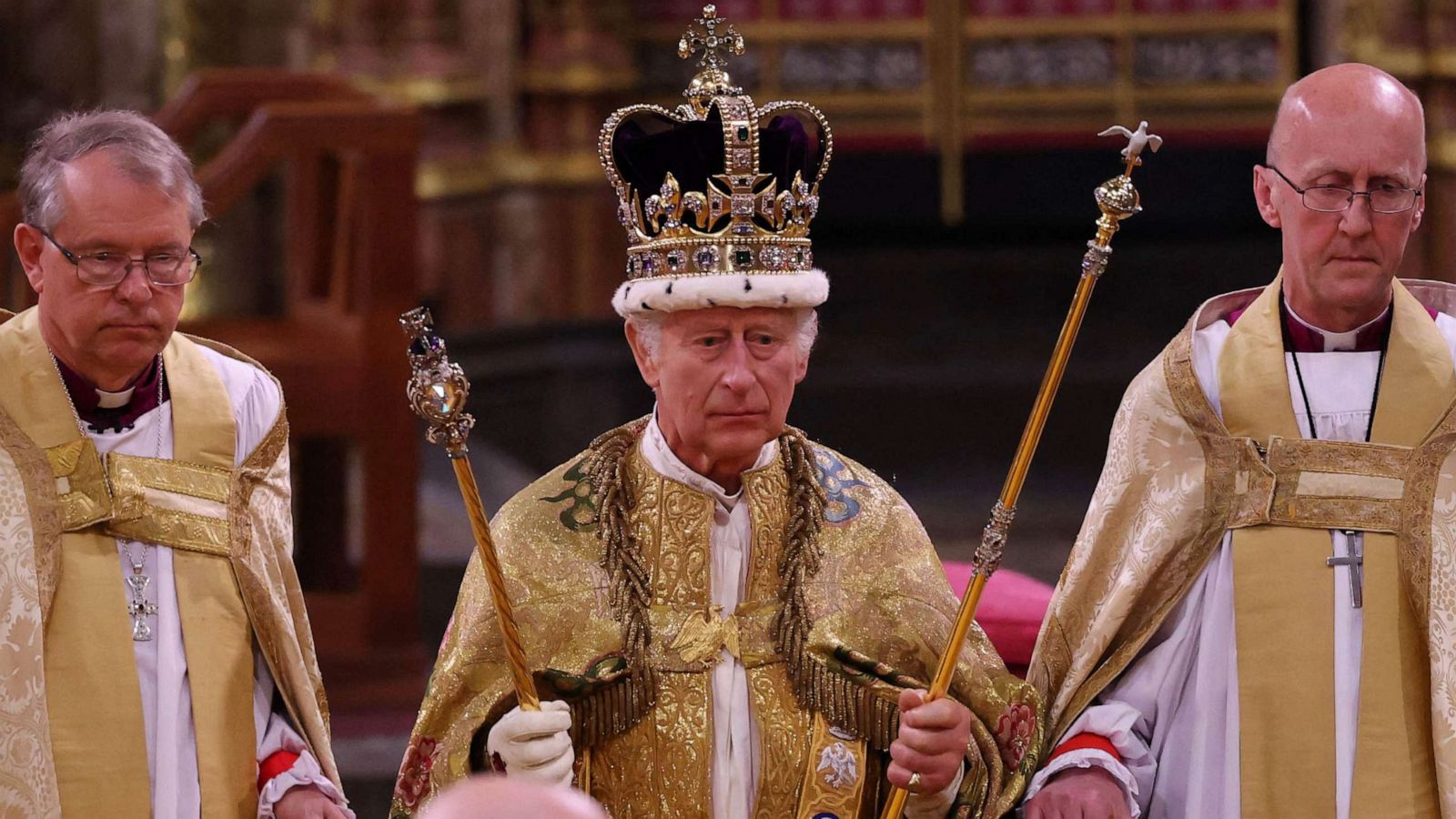
The Coronation of King Charles III is a monumental event steeped in tradition and history. Did you know that this ceremony marks the first British coronation in the 21st century? Held at Westminster Abbey, the same venue as his mother's, Queen Elizabeth II, it promises to blend ancient rites with modern touches. King Charles III will don the St. Edward's Crown, a piece of regalia dating back to 1661. Expect a grand procession, featuring the Gold State Coach, a staple since 1762. From the sacred anointing to the majestic coronation oath, every detail is meticulously planned. Curious about the guest list? Heads of state, royals, and dignitaries from around the globe will attend. Stay tuned as we delve into 25 fascinating facts about this historic event!
The Coronation Ceremony
The coronation of King Charles III is a significant event steeped in tradition and history. Here are some fascinating facts about this grand occasion.
- The coronation of King Charles III took place at Westminster Abbey, a site with over 1,000 years of royal history.
- The ceremony followed a traditional format, including the anointing, crowning, and enthronement of the new king.
- The Archbishop of Canterbury, the senior bishop of the Church of England, conducted the coronation.
- The coronation was attended by dignitaries from around the world, including heads of state and royalty.
- The event was broadcast live, allowing millions of people globally to witness the historic moment.
The Crown Jewels
The Crown Jewels play a crucial role in the coronation ceremony. These priceless artifacts symbolize the monarchy's power and continuity.
- The St. Edward's Crown, used for the actual crowning, weighs nearly five pounds and is made of solid gold.
- The Imperial State Crown, worn by the king after the ceremony, is adorned with over 2,800 diamonds, including the famous Cullinan II diamond.
- The Sovereign's Sceptre with Cross, another key piece, contains the largest colorless cut diamond in the world, the Cullinan I.
- The coronation ring, known as the "Wedding Ring of England," symbolizes the monarch's commitment to the nation.
- The Coronation Spoon, used for anointing, is the oldest piece in the Crown Jewels, dating back to the 12th century.
Historical Significance
Understanding the historical context of the coronation provides deeper insight into its importance.
- King Charles III is the first British monarch to be crowned in the 21st century.
- The last coronation before King Charles III was that of his mother, Queen Elizabeth II, in 1953.
- The tradition of coronation ceremonies in England dates back to 1066 with William the Conqueror.
- The coronation oath, taken by the king, has remained largely unchanged for centuries, emphasizing the monarch's duty to govern the people with justice and mercy.
- The ceremony includes elements from various historical periods, blending ancient customs with modern practices.
The Royal Regalia
The royal regalia used during the coronation are not just symbols of power but also of the responsibilities the monarch undertakes.
- The Sword of State, carried before the king, represents royal authority.
- The Armills, a pair of gold bracelets, symbolize sincerity and wisdom.
- The Orb, a golden globe with a cross, signifies the Christian world.
- The Spurs, part of the regalia, are a symbol of knighthood and chivalry.
- The Robe Royal, worn by the king during the ceremony, is made of gold silk and embroidered with national emblems.
Modern Touches
While the coronation is steeped in tradition, it also incorporates modern elements to reflect contemporary society.
- For the first time, the coronation included a multi-faith service, acknowledging the diverse religious landscape of modern Britain.
- The ceremony featured a special tribute to healthcare workers and other essential services, recognizing their contributions during the COVID-19 pandemic.
- King Charles III's coronation was the first to be streamed online, making it accessible to a global audience.
- The music for the ceremony included both traditional hymns and new compositions, blending the old with the new.
- The coronation procession included representatives from various community groups, highlighting the inclusivity and unity of the nation.
Final Thoughts on King Charles III's Coronation
King Charles III's coronation is a historic event filled with tradition, pageantry, and significance. From the intricate details of the ceremony to the symbolic elements like the Crown Jewels, every aspect reflects centuries of British history. The coronation not only marks the beginning of a new reign but also serves as a reminder of the monarchy's enduring presence. Whether you're fascinated by royal traditions or just curious about this grand event, understanding these facts offers a deeper appreciation of what makes such ceremonies so special. As we look forward to witnessing this momentous occasion, it's clear that King Charles III's coronation will be a memorable chapter in the story of the British monarchy. Keep these facts in mind, and you'll have a richer perspective on this significant event.
Was this page helpful?
Our commitment to delivering trustworthy and engaging content is at the heart of what we do. Each fact on our site is contributed by real users like you, bringing a wealth of diverse insights and information. To ensure the highest standards of accuracy and reliability, our dedicated editors meticulously review each submission. This process guarantees that the facts we share are not only fascinating but also credible. Trust in our commitment to quality and authenticity as you explore and learn with us.
